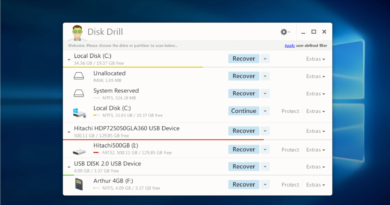Low-code platforms – a new source of business applications for modern companies?
The popularity of low-code platforms in the business community is growing with each passing year. This seemingly mysterious name refers to modern IT systems that combine the functionality of document management and business process management (BPM) solutions within a single platform. In other words, they are comprehensive, feature-rich and standardized tools that offer their users everything they need to successfully grow any business. What is more, they are simple and intuitive, in large part due to the fact that they require no coding skills whatsoever.
How did low-code platforms come into existence?
The low-code concept dates back to the 1970s, but the world had to wait for the true heyday of these platforms until the last decade. The unwavering interest in these solutions is inextricably linked to the insufficient number of skilled software developers on the market. In searching for ways to alleviate the issue with human resources, companies turned towards software solutions that enabled people with no programming skills to quickly build and deploy business applications, as well as automate business processes, which are a staple in every modern company.
Low-code platforms are modern, innovative software suites, which successfully employs the paradigm of visual software development. That is also what makes them so simple and intuitive to use. What is more, they also support global standards and can be easily integrated with other popular business systems. Their easy scalability and expandability also enables every company to tailor the solution to their own needs and the requirements of specific business users.

How does it work in practice?
The functionality of low-code platforms is based on drag & drop mechanism and the so-called designer – a graphical user interface, which enables building applications. The combination of these two solutions makes creating new applications trivially easy. What is more, users can embark on their software development journey with no knowledge of programming languages. What does this mean in reality? It means that these platforms can be used by anyone, including target users of business applications. Most importantly, low-code platforms enable using code where it is justified from the technological or economic point of view. Usually, this may be required in the case of more complex and sophisticated integrations with other systems or advanced business scenarios.
A low-code platform can be an invaluable tool that effectively supports flows of digital documents and tasks, as well as the automation of business processes within the organization. Deploying such a solution enables company employees to build tailor-made and – most importantly – secure business applications. The best low-code platforms available on the market also have efficient change management mechanisms included by design, allowing application developers to introduce necessary modifications to deployed software without interrupting any existing processes. All of this is required to enable you to adapt the functionality of the applications to the ever-changing needs of your organization, ensuring a reasonable time-to-business.



